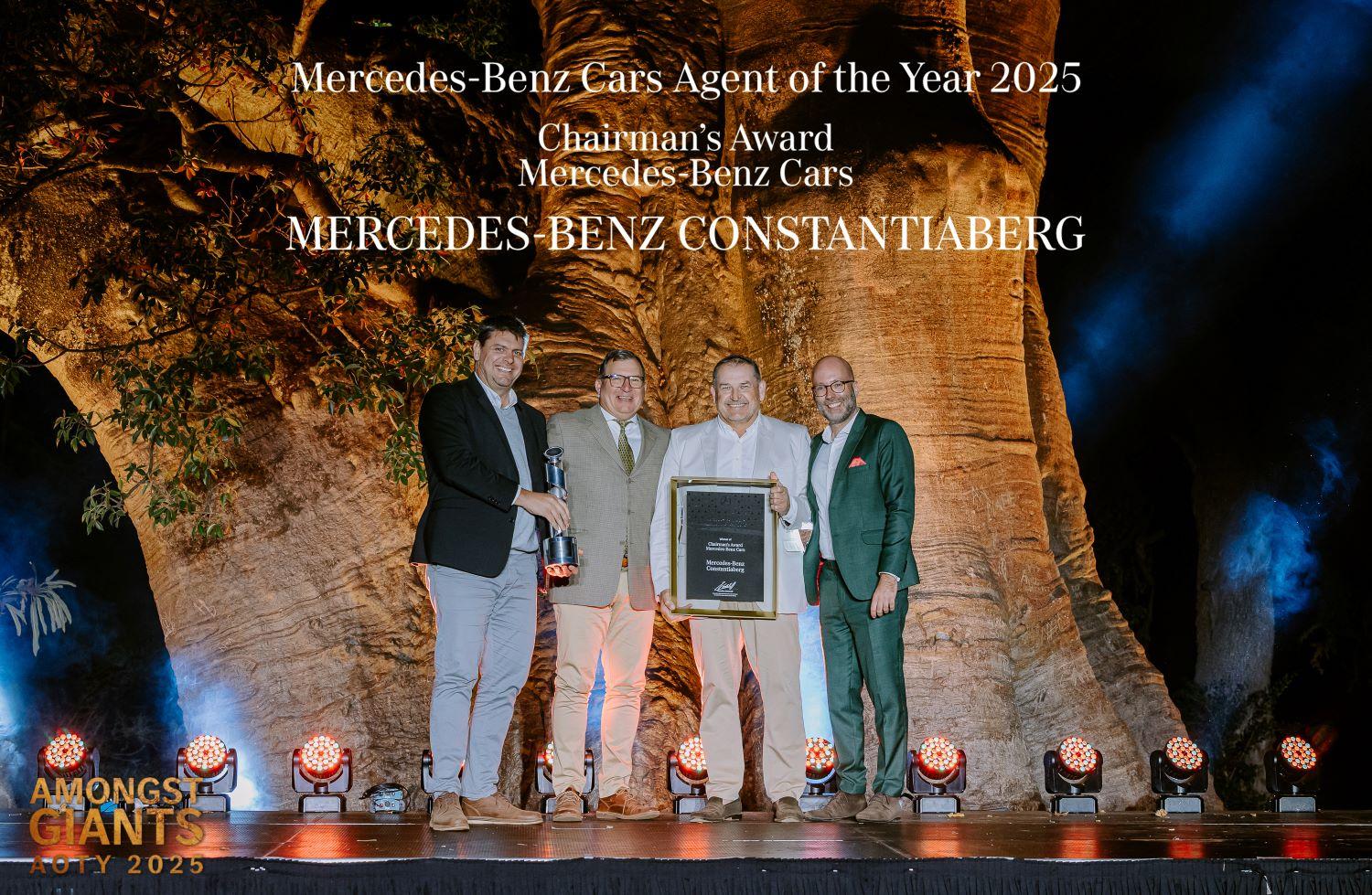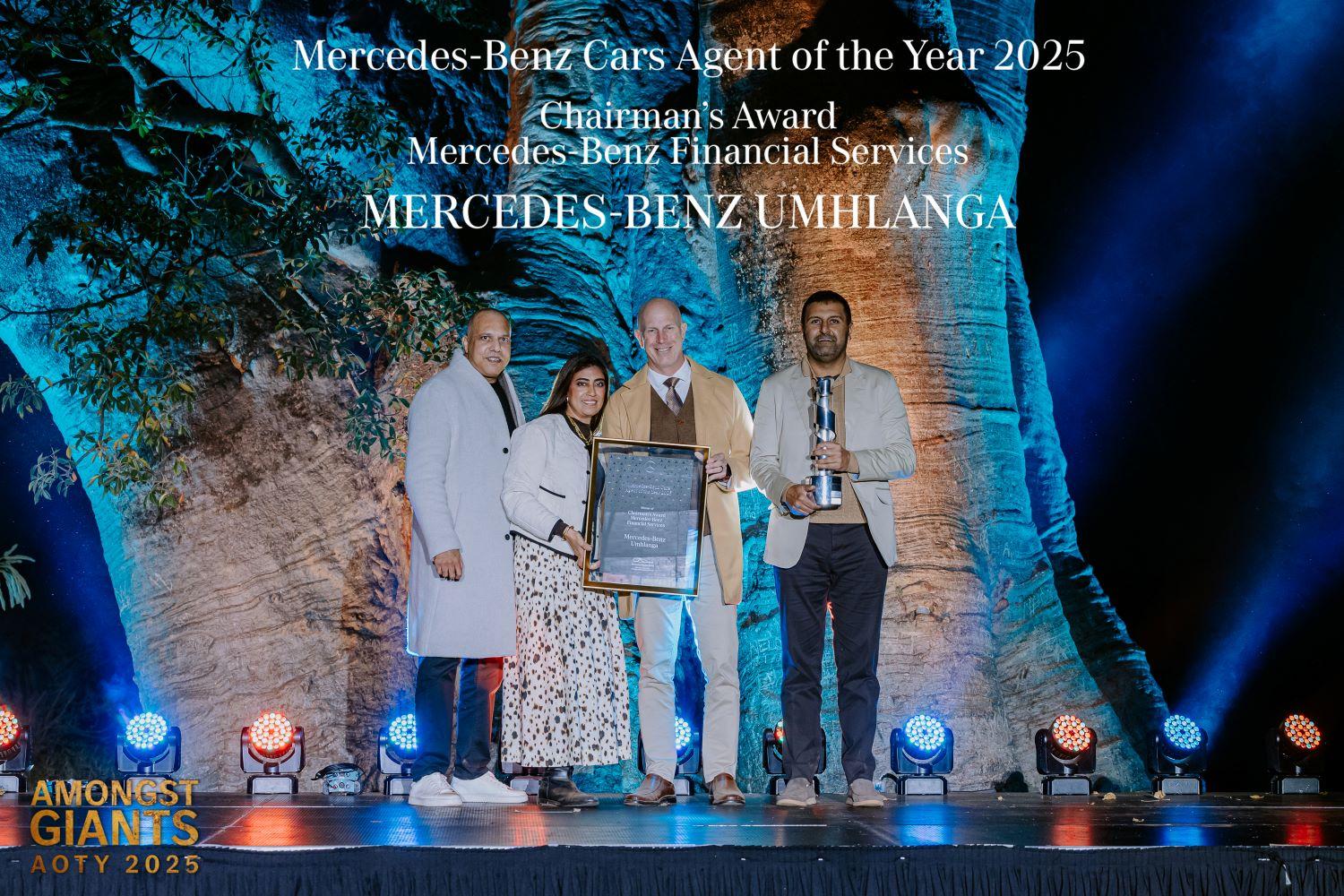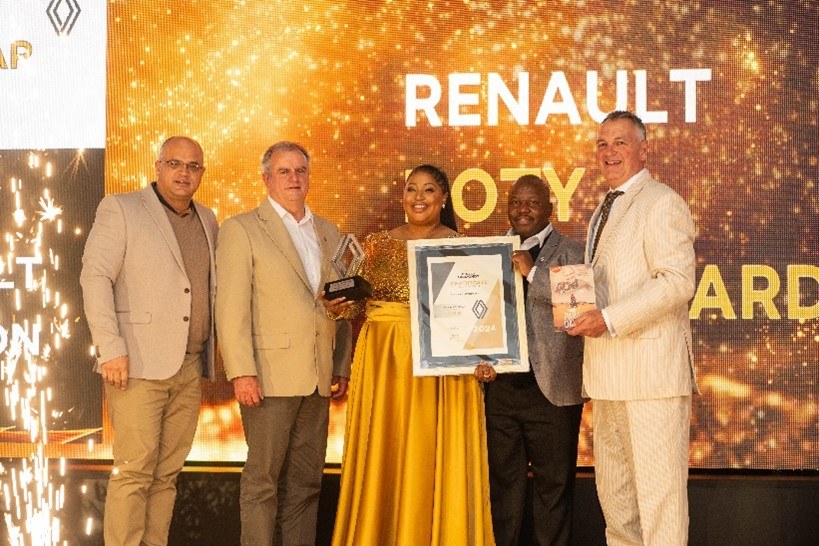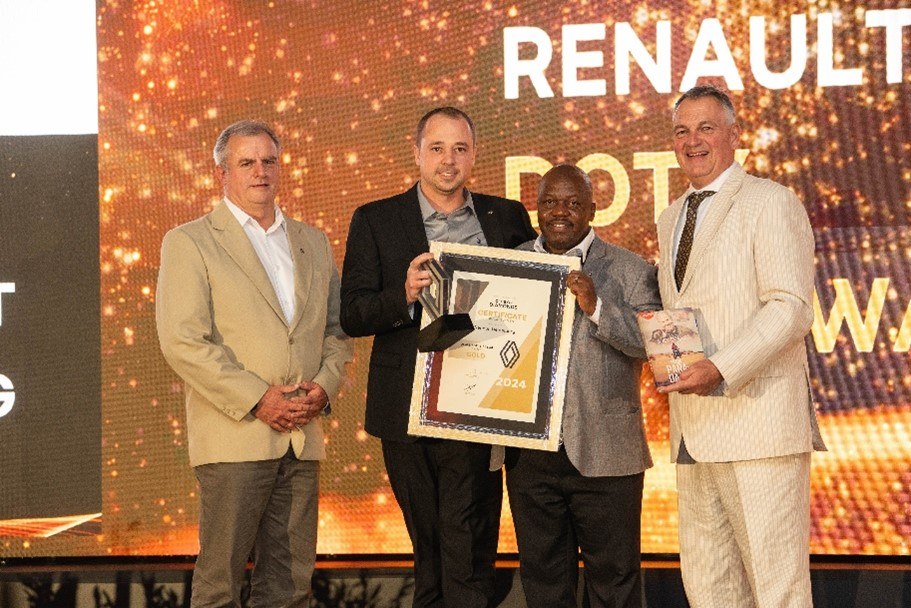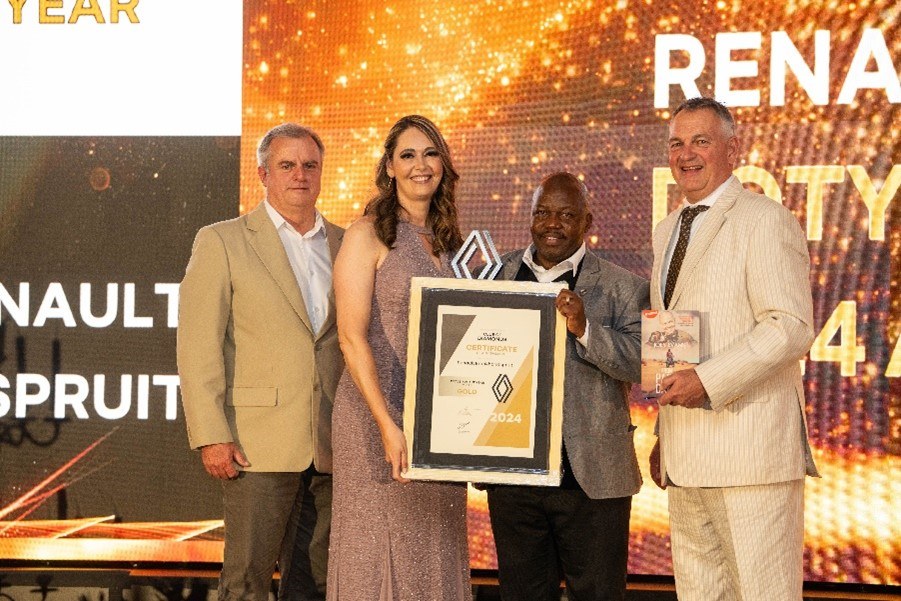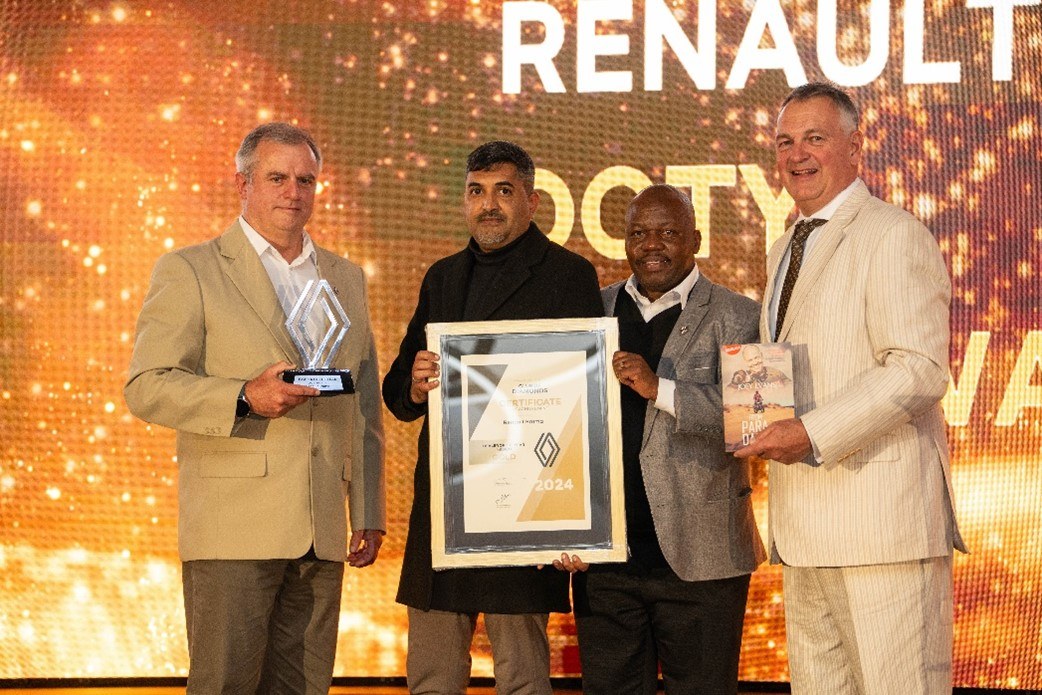Leasing vs Buying a Car: What Do The Numbers Say?
Are you debating leasing vs buying a car? We unpack the details so you can crunch the numbers and decide what works for you.
You really love that shiny new car that keeps coming up on your social media feed. You would look pretty good in it! Your current car is making weird noises again, and you’re fairly certain the aircon gave up last summer. Here’s where the debate of leasing vs buying a car raises its head.
It’s not just about the monthly payment anymore. With South Africa’s high interest rates and the rand well and truly doing its own thing, this choice can make or break your budget.
Let’s uncover the hidden truths between buying and leasing, and what will work for you.
What Buying a Car Really Means
When you buy a car, you’re saying: “This baby is mine!” You either pay cash upfront (lucky you!) or take out a car loan, as most consumers do. Once that loan is sorted, the car belongs to you completely.
It’s a bit like buying a house – as long as you make your home loan repayments every month, you can paint the walls lavender, hang a mirror ball and install disco lights, if that’s your preference. And, if you buy a car, you can use it to drive from Joburg to Cape Town and back 3 times in a week – nobody’s going to stop you. The car is yours to love, modify, or eventually sell when you’re ready for something new.
But here’s the catch – buying means bigger monthly payments and often, hefty upfront costs. You’ll need to cough up for deposits, insurance, and all those sneaky extras the dealer tries to sell you. When something breaks after the warranty runs out, guess who’s footing the bill? Yep, that’s you.
And let’s not even talk about depreciation. The moment you drive off the showroom floor, you’ve lost money.
See also: Understanding Total Cost of Ownership for Cars in South Africa
What Leasing a Car Actually Is
Leasing is like Netflix for cars. You pay a monthly fee, enjoy the service, and when your contract ends, you give it back and potentially get something newer and shinier.
Most leases run for 2 to 5 years, and here’s where it gets sweet – your monthly payment often covers insurance, maintenance, and licensing. No surprise bills when your brake pads need replacing or when it’s time for a service.
The downside? At the end of your lease, you wave goodbye to the car with nothing to show for all those payments. It’s like renting a flat – comfortable while you’re there, but you’re not building anything for the future.
See also: All Options for Financing Your Car
Buying a Car: The Good, Bad, and Expensive
The Pros
- The car is yours once you’ve paid it off
- Drive as much as you want – road trip to the Drakensberg? Go for it!
- Want to install a sound system that can wake the neighbours? Your car, your rules
- Keep it for 10 years if you want – no one’s judging
The Cons
- Higher monthly payments that might make you eat 2-minute noodles more often
- When it breaks, you fix it (and pay for it)
- Watching your car’s value drop is like watching your favourite sports team lose
- Big financial commitment that’ll stick around for years
But let’s talk real numbers.
The Toyota Corolla Cross 1.8 Xi costs approximately R414 800 (July 2025). If you finance it over 72 months at 13% interest with no deposit, you’re looking at roughly R9 114 per month.
Add insurance (around R677 monthly) and maintenance (about R691 monthly), and boom – you’re paying R10 482 every month.
After 6 years of payments, though, the car is completely yours. You can keep driving it until the wheels fall off or sell it to help fund your next ride.
See also: Vehicle Depreciation: What Is It & Why Does It Matter?
Car Leasing: Lower Payments, Different Rules
The Pros
- Lower monthly payments mean more money for other stuff (like that weekend getaway)
- A new car every few years, with that fresh car smell
- Fixed costs make budgeting way easier
- If something changes in your life, it’s easier to get out of a lease than a loan
- Sometimes you can get approved for a lease when banks say no to traditional finance
The Cons
- No car at the end means no asset to show for your money
- Mileage limits can be a pain if you love long drives
- Want to add custom rims? Forget about it
- Damage the car or end early? Hello, penalty fees
Using that same Toyota Corolla Cross, leasing costs around R7 479 per month with insurance and maintenance included. But here’s the kicker – you’re usually limited to about 1 500 km per month (18 000 km per year). Go over that, and you’ll pay extra at the end.
See also: Car Mileage Myths: Why Numbers Don’t Tell the Whole Story
The Numbers Game: Buying vs Leasing
Here’s how the Toyota Corolla Cross stacks up when you compare both options:
| Feature | Buying | Leasing |
| Monthly Payment | ~R10 482 | ~R7 479 |
| Includes Insurance | No (extra cost) | Yes |
| Includes Maintenance | No (extra cost) | Yes |
| Mileage Limits | No | Yes (approx. 18 000 km/year) |
| Ownership After Term | Yes | No |
| Customization Allowed | Yes | No |
| Equity Built | Yes | No |
The monthly difference is about R3 000 – that’s grocery money for many families. But remember, when you buy, you’re building toward owning something. With leasing, you’re paying for convenience and flexibility.
See also: A Driver’s Guide to Cutting Fuel Costs
Your Lifestyle Matters
Are you a motorist who puts 30 000 km on your car every year? Buying is probably your friend. No mileage police, no penalties, just pure driving freedom.
Do you love having the latest tech and safety features? Leasing lets you upgrade every few years without the hassle of selling and buying again. Plus, you’ll always be covered by warranty and have that new car reliability.
If you’re tough on cars – maybe you’ve got kids who treat the backseat like their personal playground, or you do a lot of off-road driving – buying gives you the freedom to live your life without worrying about lease-end inspections.
See also: Are Chinese Cars Reliable? The Truth About Today’s Chinese Vehicles
The Fine Print
Lease contracts are stricter than a physical education (PE) teacher. They’ll spell out exactly how many kilometres you can drive, what counts as “normal wear and tear”, and how much you’ll pay if you want out early. Read this small print very carefully, or it might bite you later.
Buying is more straightforward – you borrow money, pay interest, and eventually own the car. Simple as that.
Getting advice from someone who knows a little about finance can save you headaches down the road – the Cars.co.za Car Finance page! Don’t be shy about asking questions and running your own numbers.
See also: First-time car buyer? Everything you need to know
Leasing vs Buying vs Lifestyle
Ultimately, the key to settling the leasing vs buying debate is to be realistic about your situation. Choose leasing over buying if you want lower payments, prefer new cars, don’t drive excessive distances, and like predictable expenses. It’s perfect for people who see cars as tools rather than investments.
Go with buying if you want to build equity, drive without limits, plan to keep your car for many years, or enjoy the freedom to modify your ride.
Your bank account, driving habits, and personal preferences should guide this decision. And remember – whatever you choose now doesn’t have to be forever. Your next car can be a completely different story.
The most important thing? Pick the option that lets you sleep well at night without stressing about money. Because at the end of the day, a car should make your life easier, not more complicated.
Want to know more?
If so, visit Cars.co.za’s Car Finance page, where we provide you with explanations, advice, and guidance to help you better understand car finance in South Africa.
Find a new/used vehicle listed for sale on Cars.co.za
Browse Cars.co.za Car Specials in South Africa
New Car Prices & Specifications in South Africa
Car information guides for buyers and sellers
Related content:
Car Safety Ratings: What They Mean and Why They Matter
Child Seat Capacity: Cars That Safely Fit More Than 3 Kids
Your Complete Guide to Safe Towing in South Africa
Everything You Need to Know About Car Trackers in South Africa
The Surprising Science of Car Colours: Safety, Theft, and Superstitions
Tyre Insurance: How to Protect Your Wheels and Your Wallet
How Defensive Driving Protects You on South African Roads
How Do Car Auctions Work? Your Complete Guide to Buying Smart









